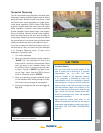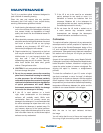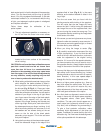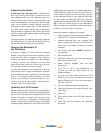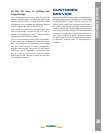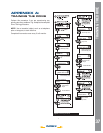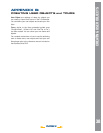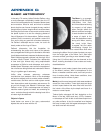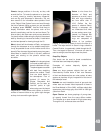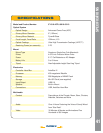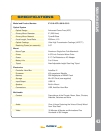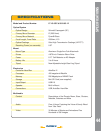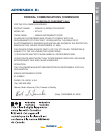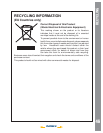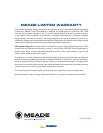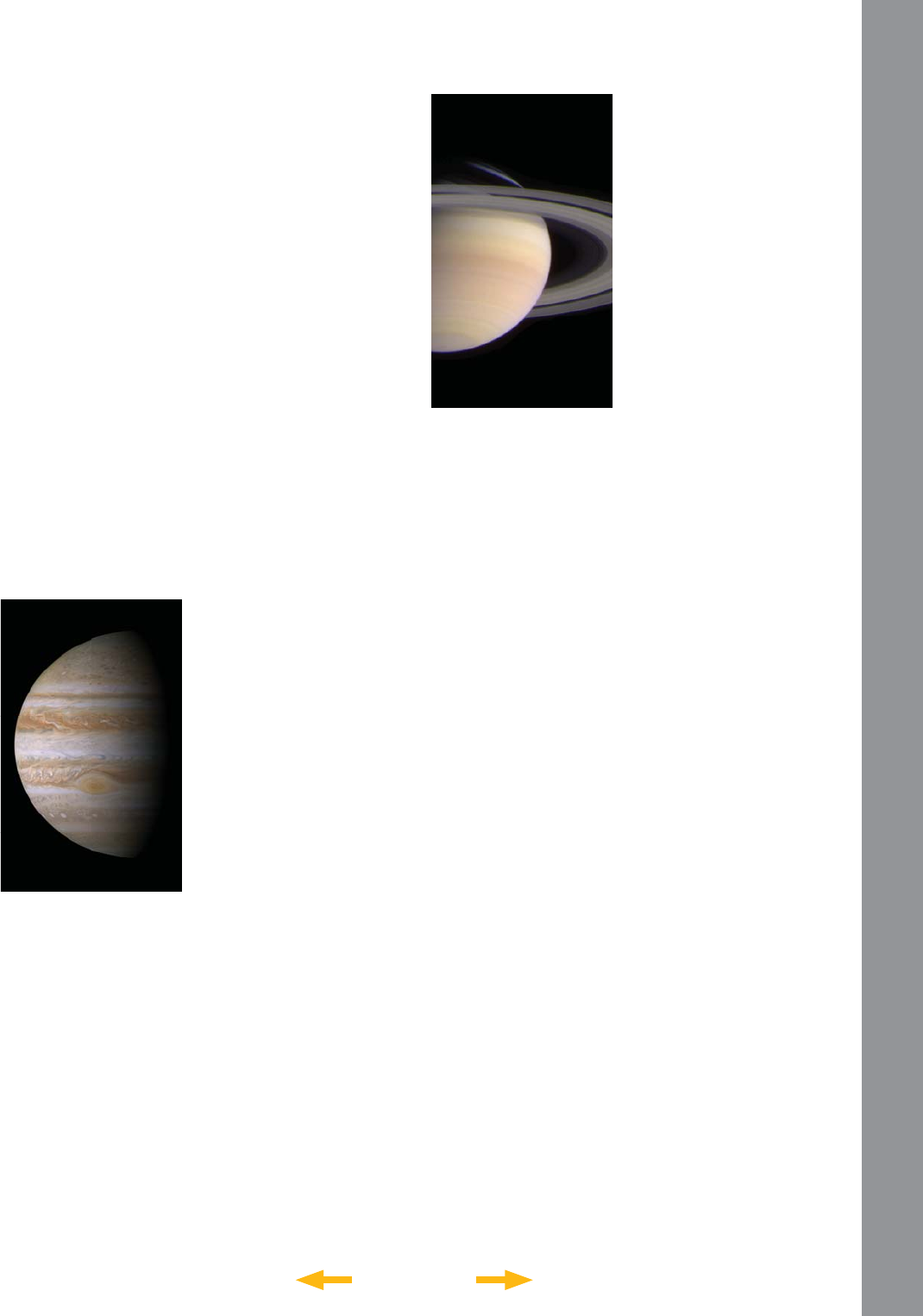
INDEX
Planets change positions in the sky as they orbit
around the Sun. To locate the planets on a given day
or month, consult a monthly astronomy magazine,
such as Sky and Telescope or Astronomy. You can
also consult LS for information about planets. Scroll
to the “Object: Solar System” menu and scroll through
the lists of planets. When a planet you are interested
in displays, press “ENTER”. Use the Scroll keys to
display information about the planet, such as the
planet’s coordinates, and the rise and set times (Tip:
enter a date in the Date menu and you can determine
if a planet) will be visible during the night of the entered
date by checking its rise and set times). Listed below
are the best planets for viewing through the LS.
Mars is about half the diameter of Earth, and appears
through the telescope as a tiny reddish-orange disk.
It may be possible to see a hint of white at one of the
planet’s Polar ice caps. Approximately every two years,
when Mars is closest to Earth in its orbit, additional
detail and coloring on the planet’s surface may
be visible.
Jupiter is the largest planet
in our solar system and is 11
times the diameter of Earth.
The planet appears as a disk
with dark lines stretching
across the surface. These
lines are cloud bands in
the atmosphere. Four of
Jupiter’s 16 moons (Io,
Europa, Ganymede, and
Callisto) can be seen as
“star-like” points of light
when using even the lowest
magnifi cation. These moons orbit Jupiter so that the
number of moons visible on any given night changes
as they circle around the giant planet.
Saturn is nine times the
diameter of Earth and
appears as a small, round
disk with rings extending
out from either side. In
1610, Galileo, the fi rst
person to observe Saturn
through a telescope, did
not understand that what
he was seeing were rings.
Instead, he believed that
Saturn had “ears.” Saturn’s
rings are composed of
billions of ice particles
ranging in size from a speck of dust to the size of a
house. The major division in Saturn’s rings, called the
Cassini Division, is occasionally visible through the LS.
Titan, the largest of Saturn’s 18 moons can also be
seen as a bright, star-like object near the planet.
Deep-Sky Objects
Star charts can be used to locate constellations,
individual stars and deep-sky objects.
Examples of various deep-sky objects are
given below:
Stars are large gaseous objects that are self-
illuminated by nuclear fusion in their core. Because
of their vast distances from our solar system, all stars
appear as pinpoints of light, irrespective of the size of
the telescope used.
Nebulae are vast interstellar clouds of gas and dust
where stars are formed. Most impressive of these is
the Great Nebula in Orion (M42), a diffuse nebula that
appears as a faint wispy gray cloud. M42 is 1600 light
years from Earth.
Open Clusters are loose groupings of young stars,
all recently formed from the same diffuse nebula.
The Pleiades is an open cluster 410 light years away.
Through the LS, numerous stars are visible.
BASIC ASTRONOMY
40



